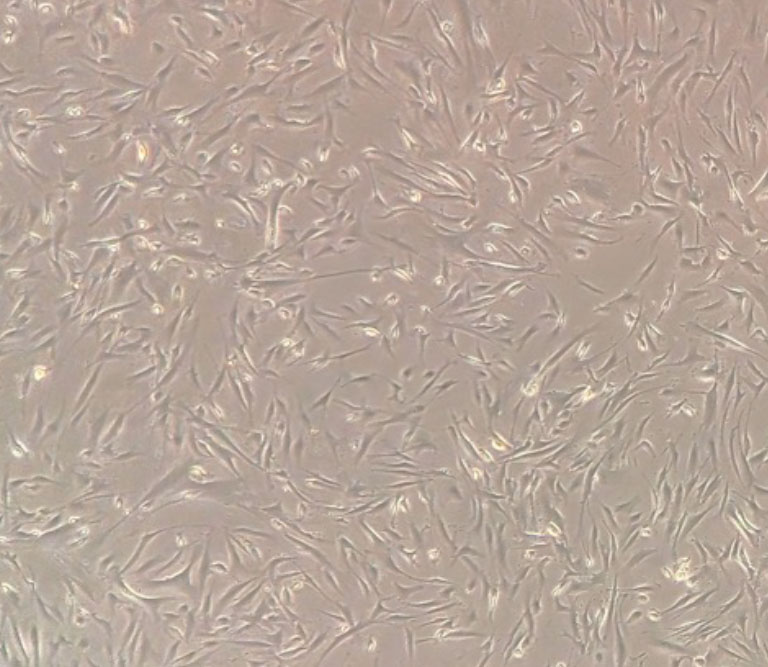Sebocytes are the main cells of the sebaceous glands, located in the dermis and most often associated with hair follicles. Their main function is to produce and secrete sebum, a complex mixture of lipids that protects, moisturizes and lubricates the skin and hair. Sebum forms a hydrolipidic film on the skin’s surface, playing an essential rôle in preventing dehydration, providing antimicrobial protection and maintaining the balance of the cutaneous microbiota.
Sebocytes are derived fom stem cells located at the base of the gland. As they migrate towards the center, they undergo lipid differentiation, accumulating lipid droplets until their programmed death. When they desintegrate, their contents are released into the sebaceous duct in a process known as holocrine secretion.
In addition to their barrier role, sebocytes are immunologically active. They produce pro-inflammatory cytokines, antimicrobial peptides and lipid mediators capable of modulating inflammation, cell differentiation and the response to pathogens. Ther dysfunction is implicated in a number of skin disorders, including acne, seborrheic dermatitis and others.


